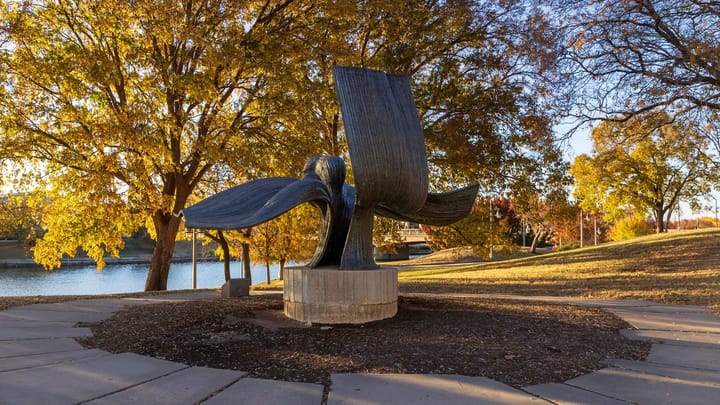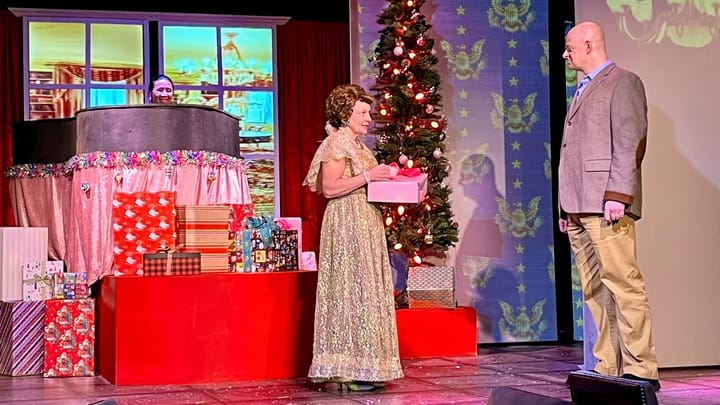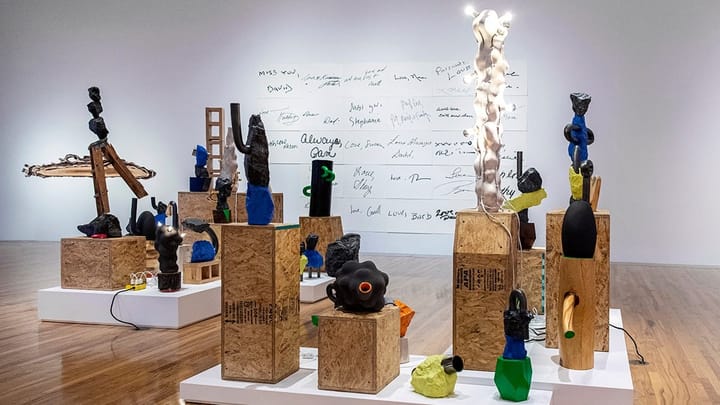Inside Out: 'Following Blackbear' at the Mid-America All-Indian Museum
In the third annual Mid-America All Indian Museum invitational exhibition, seven area Native American artists encourage the viewer to look inward while challenging notions of strength, identity, class, and gender. It's on view through July 25.
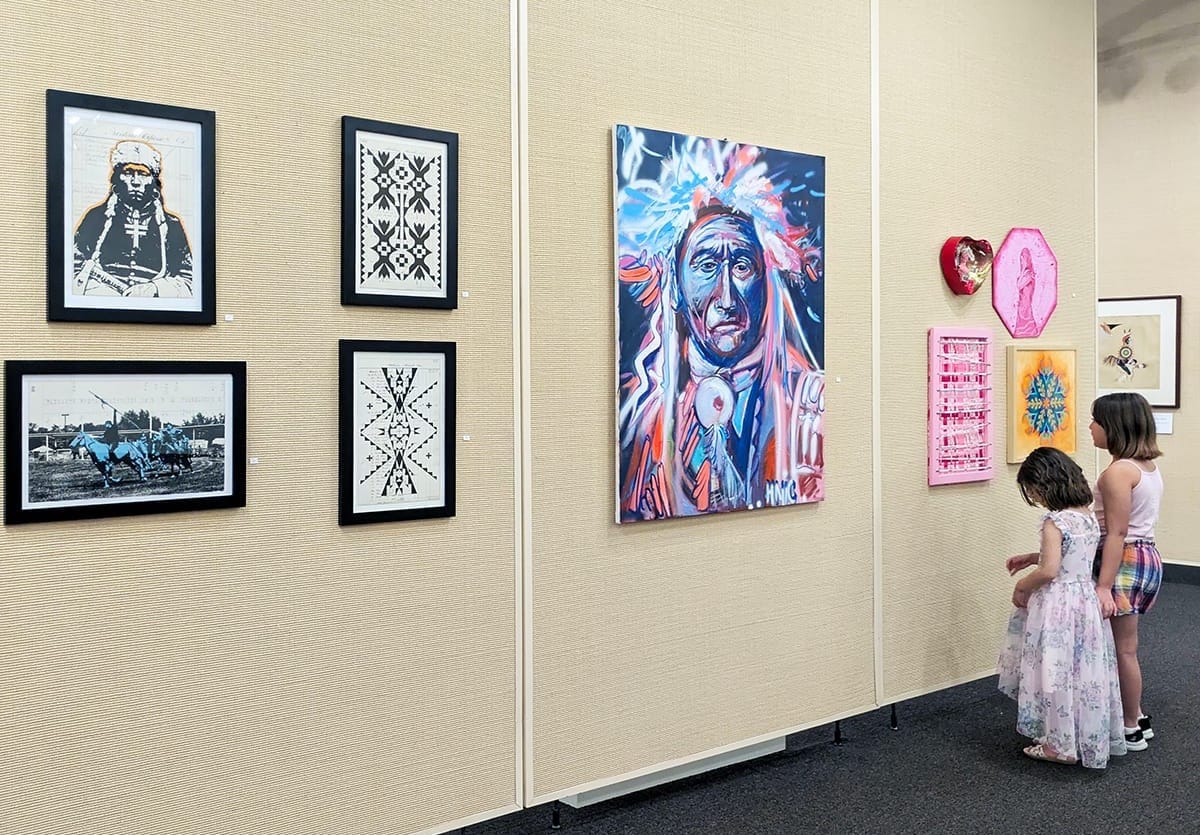
Sharing space with permanent collection works and an exhibition of paintings by Mvskogee Creek-Seminole artist Jerome Tiger, the third annual invitational “Following Blackbear” is currently on display in the center of the Mid-America All-Indian Museum. Portraiture, surrealism, nature patterns, combatting female objectification, and cultural commentary wrapped in humor are among the subjects you will find within the 23 works by seven area Native American artists who use media as wide ranging as their themes.
A collection on ledger paper by Warclan Collective co-founder Taiomah Rutledge (Ojibwe/Meskawi/Dakota) elegantly walks the line between past and present. In Rutledge’s photographic serigraph “Lake Traverse Riders,” a group of young men ride horses in an arena. A man in the foreground raises a spear triumphantly over his head, his horse adorned with a painted circle around its eye and a design on its hindquarter. His movement appears confident and imbued with vitality. Though the print is on ledger paper from the 1870’s, the jeans and T-shirt-clad man wears sunglasses, sneakers, and a backward baseball cap, placing him firmly in this century.
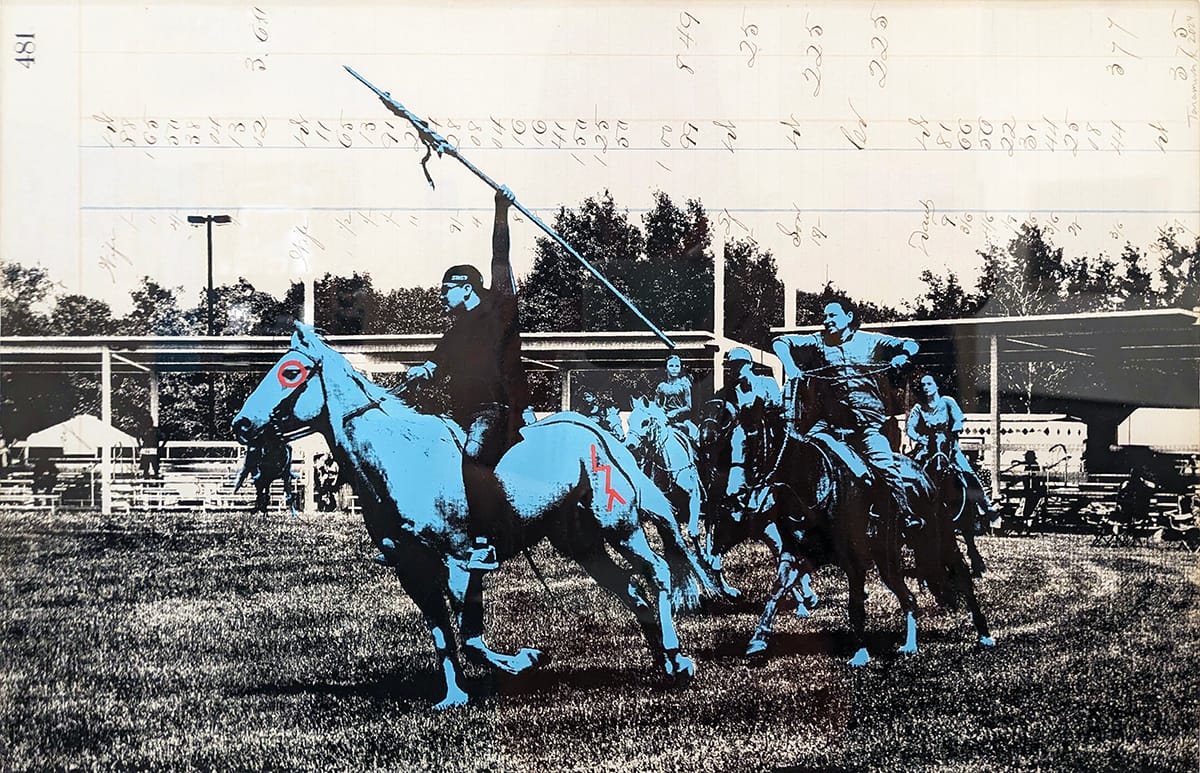
A true time stamp in history, ledger art embodies the human need to chronicle and value the lives of those important to them, even — and perhaps especially — during times of great despair and upheaval. Ledger art is tied to Native American men, particularly from Plains nations, who used paper from ledger books obtained from white settlers in the late 19th century to depict personal narratives, events, and cultural commentary. Contemporary American ledger art couldn’t be a more poignant snapshot of our current cultural climate.
Nearly half of the exhibition’s works were created by three members — who also happen to be brothers — of the local art movement Warclan Collective, and their impact together is stunning.

The watercolor “Hungry Beast” by Warclan Collective co-founder Giizhig Rutledge (Ojibwe/Meskwaki/Dakota) features a creature resembling a horned wolf with four red eyes. Standing on its hind legs, its anguished, teeth-bearing snout along with its exaggeratingly elongated claws thrown upward are all texturally shadowed in painstakingly painted thin lines. Rutledge’s surrealistic nightmare is disguised in a beautiful, dreamy design.
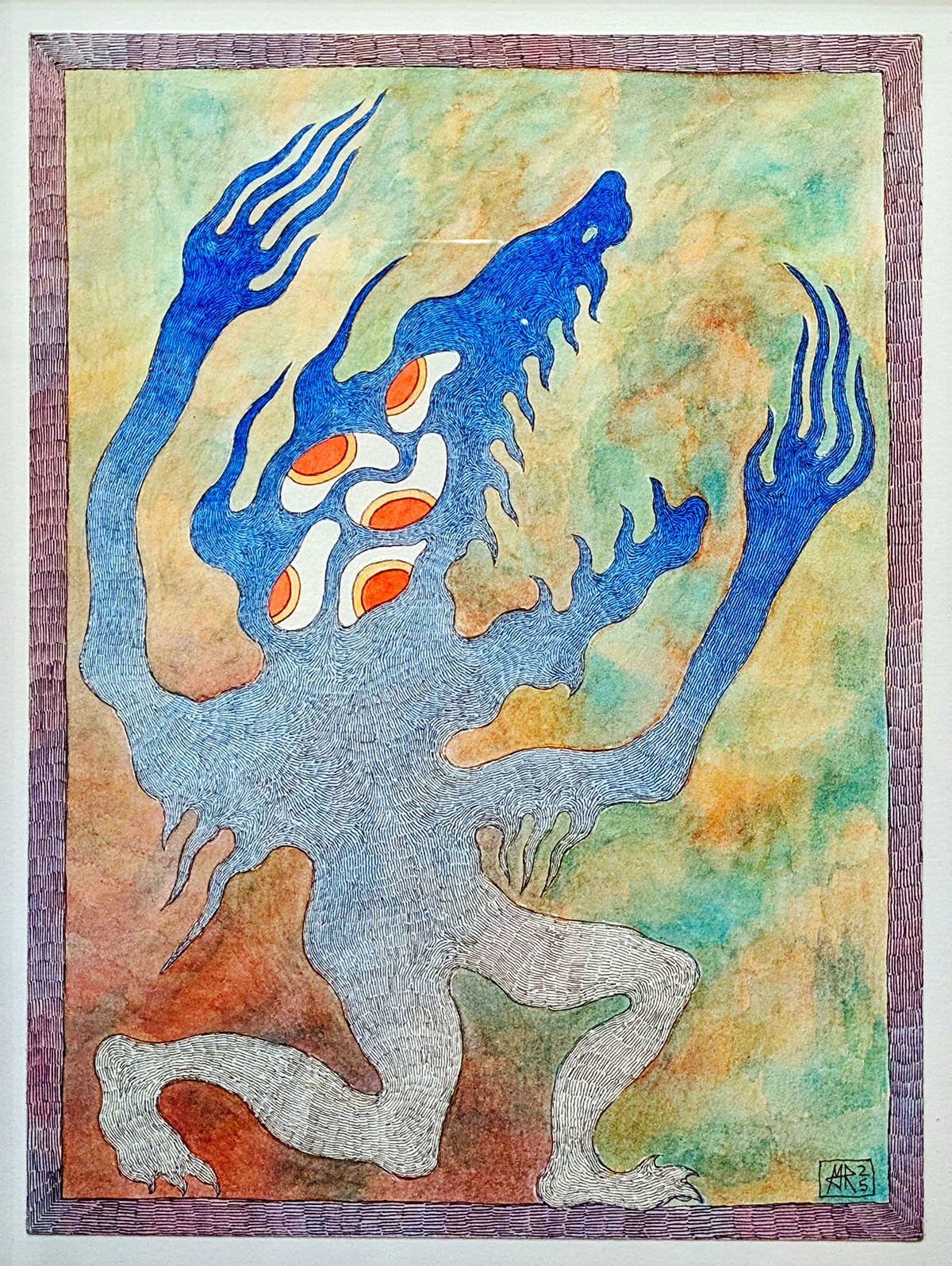
By contrast, “Repose” by Warclan Collective co-founder Kineu Rutledge (Ojibwe/Meskwaki/Dakota) is an acrylic portrait of a Native American woman against a flat, powdery blue background. She wears her hair in middle-parted braids, dons large earrings, and her Civil War-era day dress is made of a small floral print fabric with a high collar, puffed sleeves, and a fitted waist. Appearing relaxed but solemn, the subject of a painted portrait in the mid-19th century would have spent hours sitting with the portrait artist. They also historically would have been wealthy and almost certainly white. Elevating this woman to the same level of status, regard, and dignity given to upper-class American white women is a discreetly subtle but strong power move.
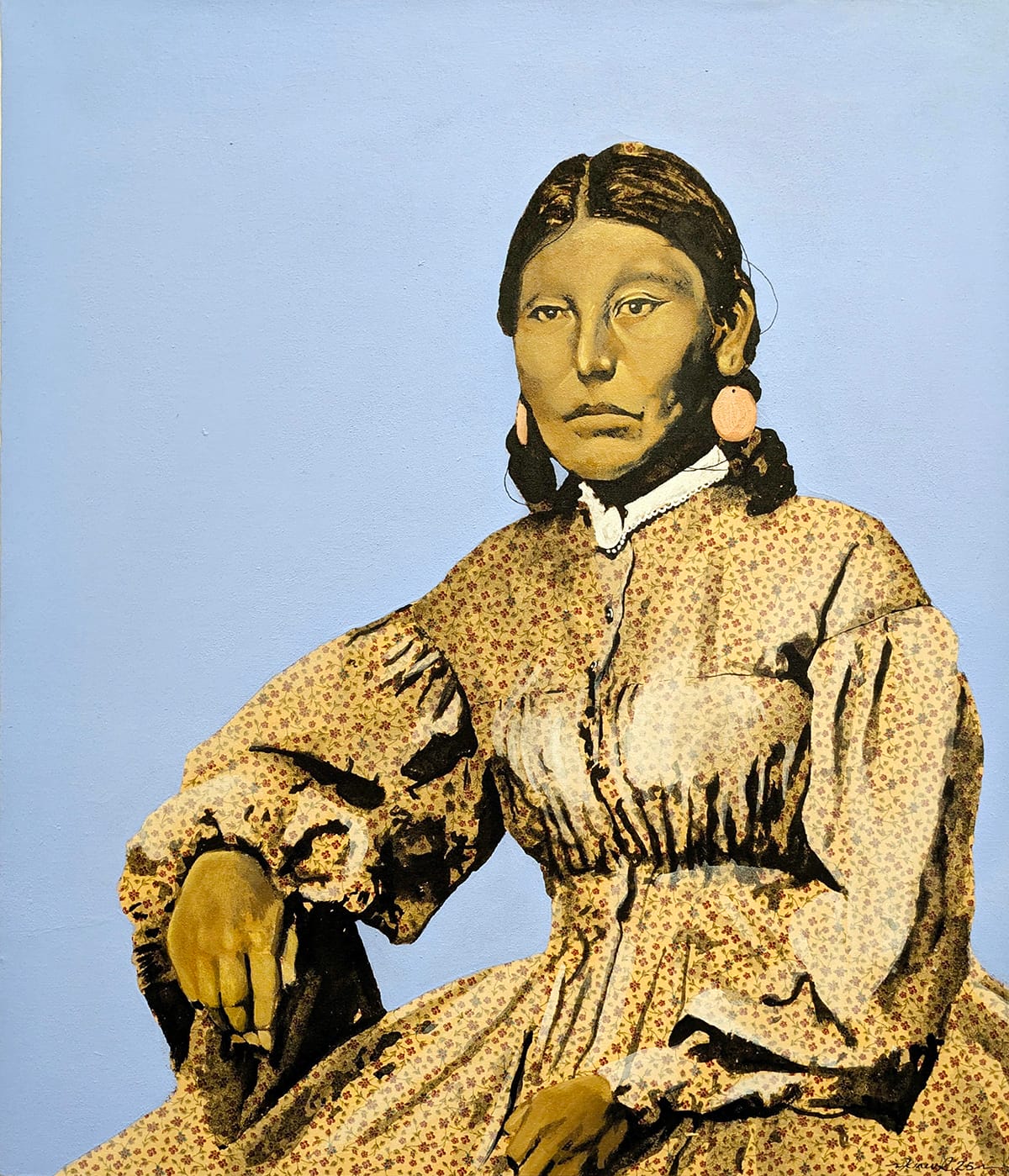
I found myself examining and reexamining the details of the Warclan Collective’s works and being delighted to discover new storytelling elements each time. These artists demonstrate that any movement is much stronger together and more impactful than the individual.
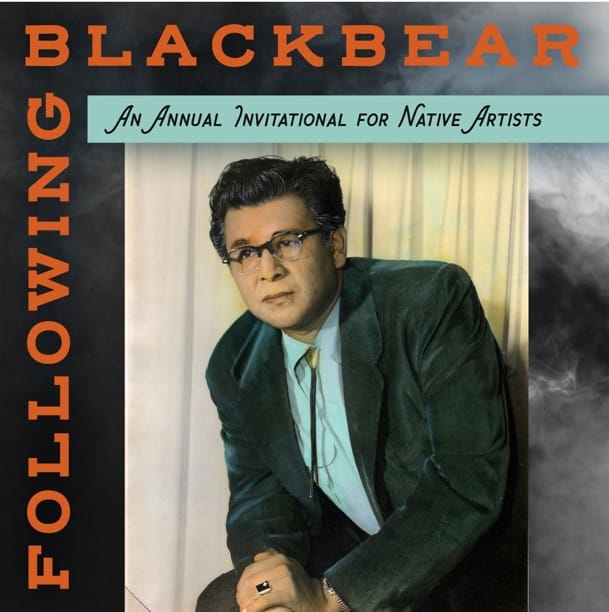
Sloane Dyer’s (Choctaw/Prairie Band Potawatomi) “The One You Feed” is a deeply textured ceramic work that appears to be based on a parable often attributed to the Cherokee nation. The head of a wolf, blood dripping from its teeth, is etched into a piece of clay that looks roughly like an upside-down heart. Rectangles, stars, and circles etched into or glazed onto the ceramic surface surround it, and among them are a series of small, pale pink glazed hearts. According to the parable, everyone has two wolves living within their hearts, which are in constant battle. One is kind, brave, and driven by love. The other is greedy, fearful, and driven by hate. The one who wins is the one you feed.
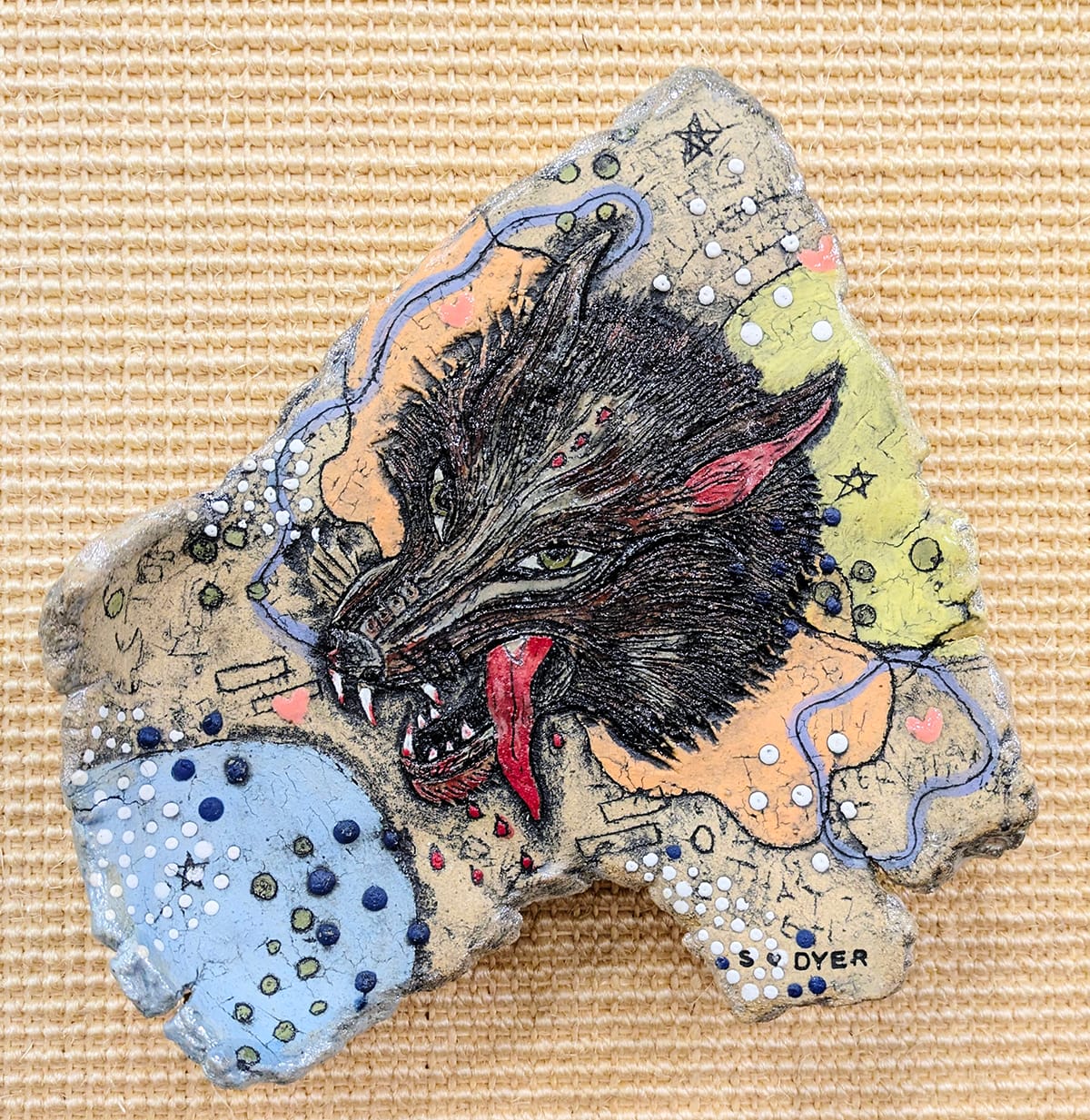
In a series of digital collage prints called “Pendleton Mane Works,” Daniel Pewewardy (Comanche) uses the bold text and imagery of film poster stylings from the 1960s through the 1990s to subvert cultural Native American representation in a humorous way. Like something from a horror film poster, “It Came From Santa Fe” features a decrepit, zombie-like man dripping in turquoise and silver necklaces and a shredded, fur-lined robe rising up from a desertscape against a full blue moon. The teaser in bold, all caps text reads “It came for the … jewelry! But now it owns a second home on Canyon Road!!”
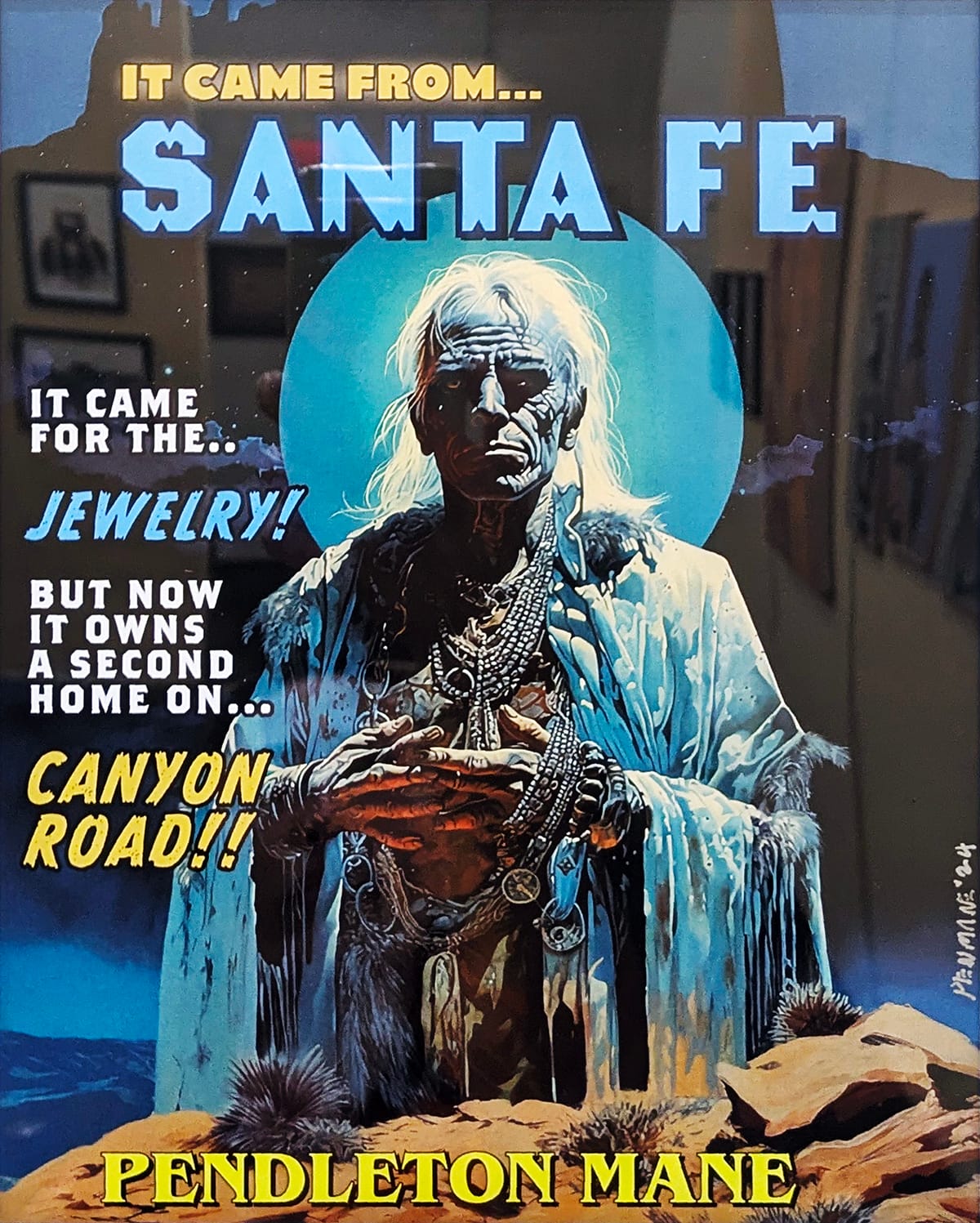
Referring to the famous Santa Fe, New Mexico road that currently is a hub for art galleries and boutiques, Canyon Road was once a footpath used by ancestral Puebloans to access the Sangre de Cristo mountains. “While we’re finally seeing meaningful Native representation in popular culture today, it follows nearly a century of third-person, inaccurate, and often outdated portrayal,” explains Pewewardy in his artist statement. “With my Pendelton Mane Works, I’m trying to fill in the gaps — to create something that speaks from the inside out.”
Our free email newsletter is like having a friend who always knows what's happening
Get the scoop on Wichita’s arts & culture scene: events, news, artist opportunities, and more. Free, weekly & worth your while.
No spam. Unsubscribe anytime.
Cherokee artist Michelle Sutton’s assemblages take the show in a different direction by challenging female objectification. In the assemblage “Let Me Call You Sweetheart,” a Barbie torso mummy-wrapped in pink ribbon sits bound on a pedestal at the center of a heart-shaped tin box. Her face is featureless under the ribbon, though the ribbon is wrapped tightly enough around her feminine figure to reduce her simply into a generic object of desire. She is surrounded by sugar-laden pet names like “tart,” “honey,” and “peach” stamped into metal. Though the work is scrupulously executed, the fight against unrealistic female expectations using Barbie as the culprit is a bit outworn and falls a little flat. Still, that Sutton chose not to completely obscure the doll’s blonde ponytail is thought provoking as a symbol of the white Western hold on worldwide beauty standards.
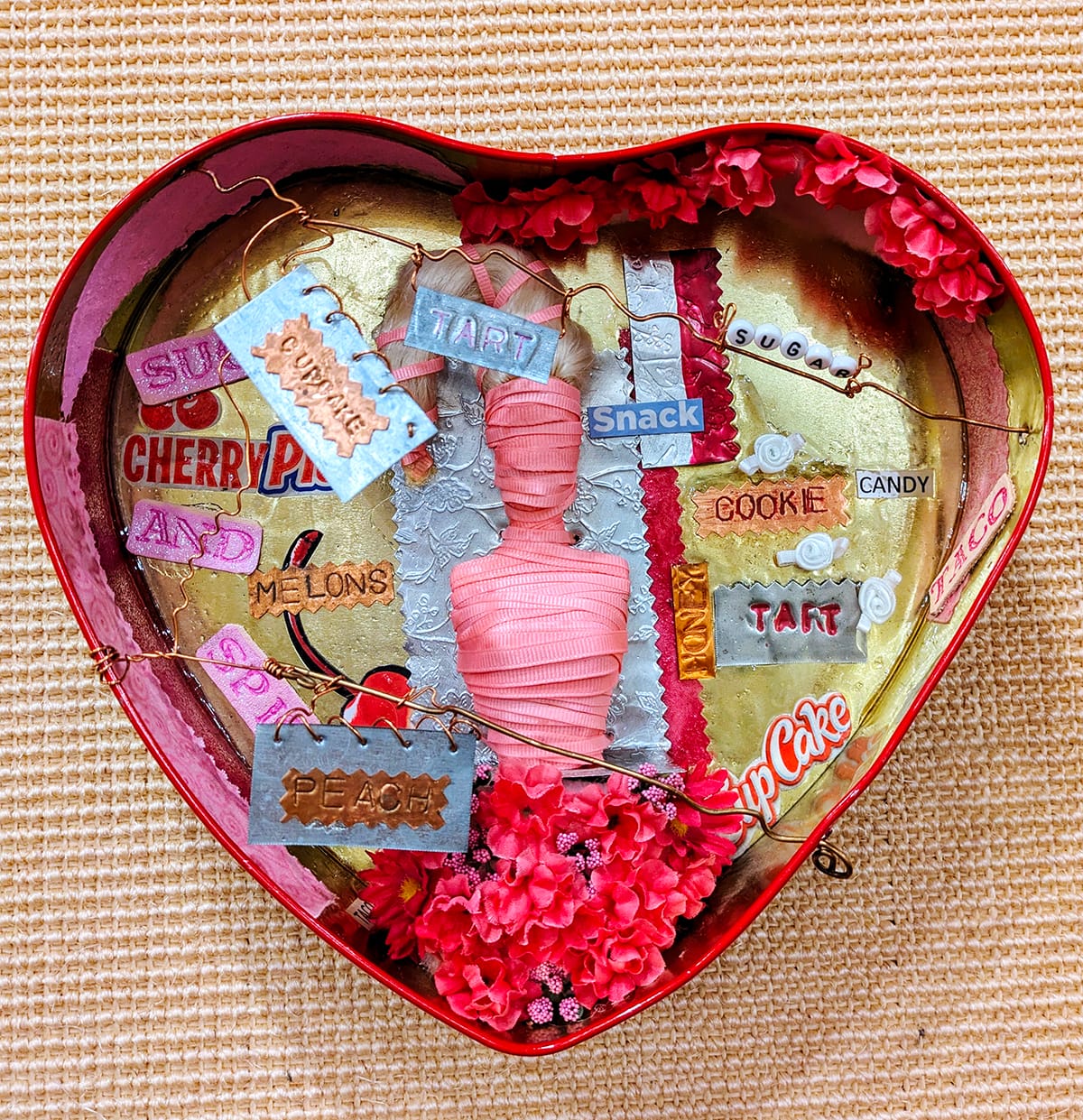
By its nature as an invitational, “Following Blackbear” is curatorially disjointed, but by the diversity of subject matter the exhibition strongly states that contemporary Native American art will not be pigeonholed into cultural expectations. It will assert its representation in a manner its creators see fit.
Native American contemporary art simply is contemporary art.
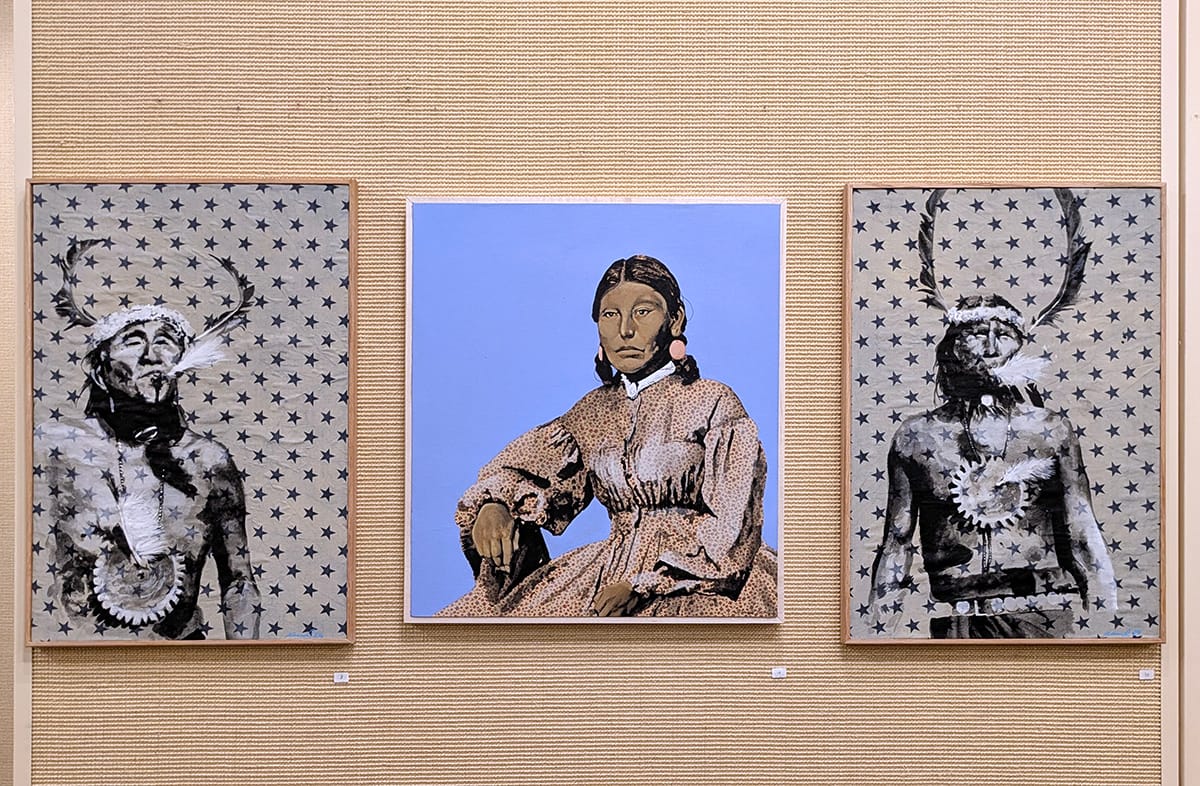
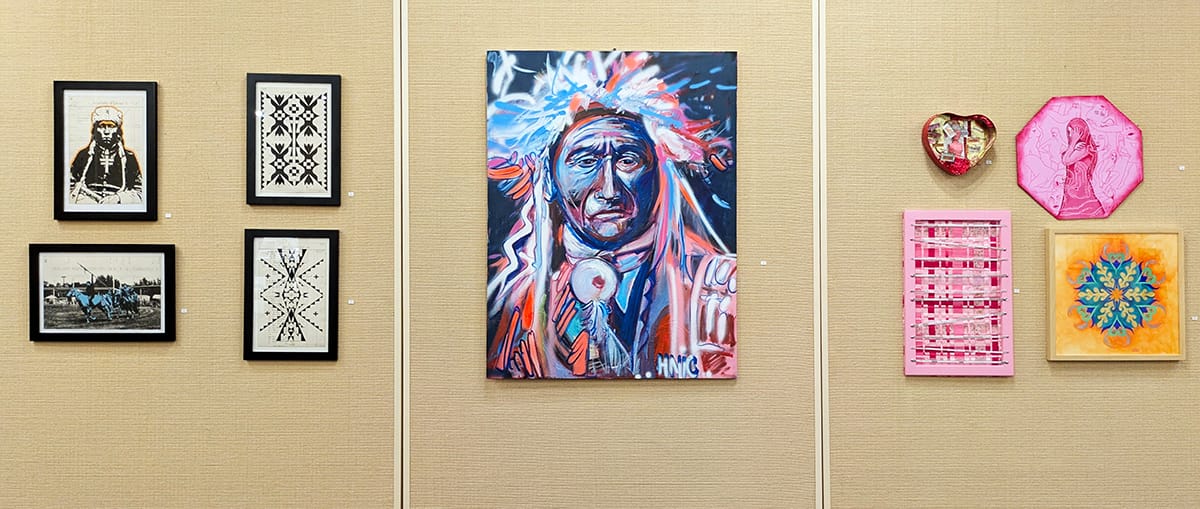
The Details
"Following Blackbear: An Annual Invitational for Native Artists"
June 6–July 25, 2025, at the at Mid-America All-Indian Museum, 650 N. Seneca in Wichita
Admission is $10 for adults and $3 for children. Children under 6 may enter for free. Select works are available for purchase in the museum gift shop.
The Mid-America All-Indian Musuem is open to the public from 10 a.m.-4 p.m. Tuesday through Saturday.
Jessy Clonts Day is a writer, roller skater, and mother. After living ten years in the American South and Southwest she and her spouse returned to Kansas to raise their family, where the sunsets are otherworldly and the arts community is alive and well.
Support Kansas arts writing!
The SHOUT is a Wichita-based independent newsroom focused on artists living and working in Kansas. We're partly supported by the generosity of our readers, and every dollar we receive goes directly into the pocket of a contributing writer, editor, or photographer. Click here to support our work with a tax-deductible donation.
❋ Derby man has the kind of voice that turns heads — and chairs
❋ Socializing while sober: how some Wichitans are cultivating alcohol-free communities
❋ As a small creative business closes, the owner mourns
❋ Painting through it: Autumn Noire on 20 years of making art
❋ How a guy from Wichita resurrected 'Dawn of the Dead'
❋ Bygone Friends University museum housed curious collections
The latest from the SHOUT
 The SHOUTShelly Walston
The SHOUTShelly Walston
 The SHOUTBob Peterson
The SHOUTBob Peterson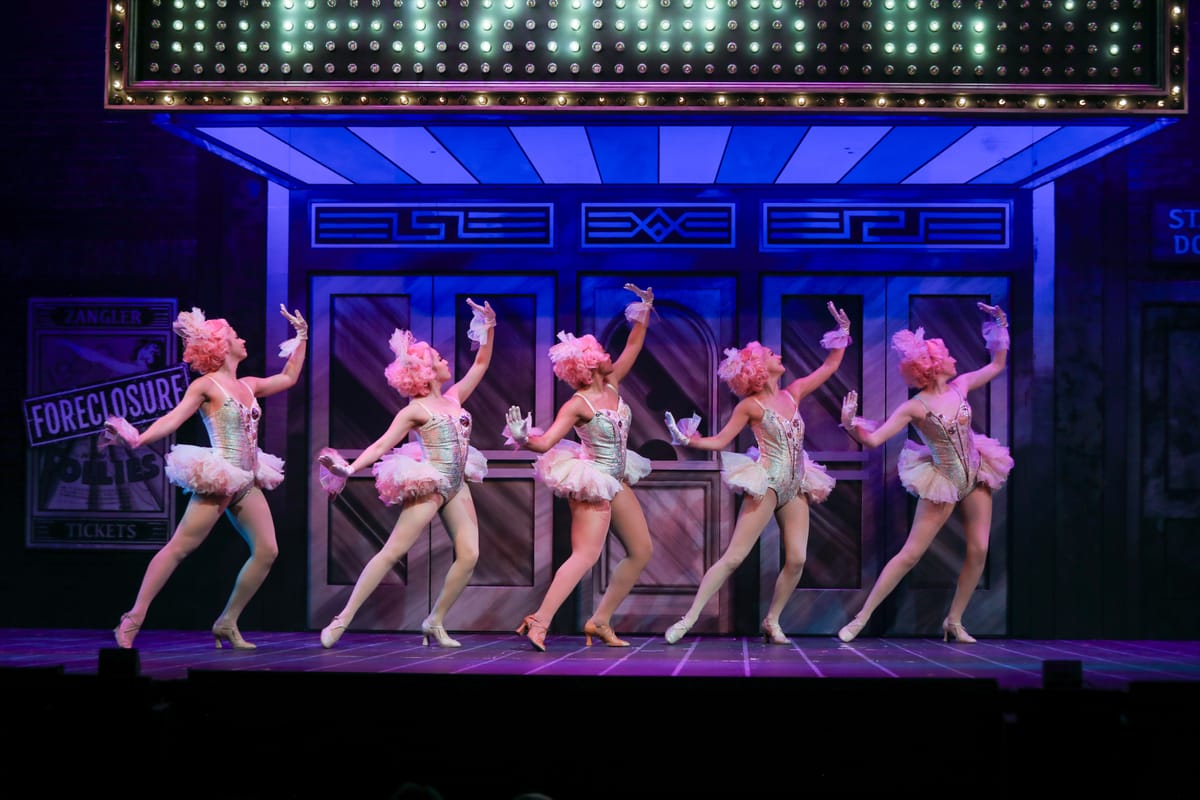
 The SHOUTSam Jack
The SHOUTSam Jack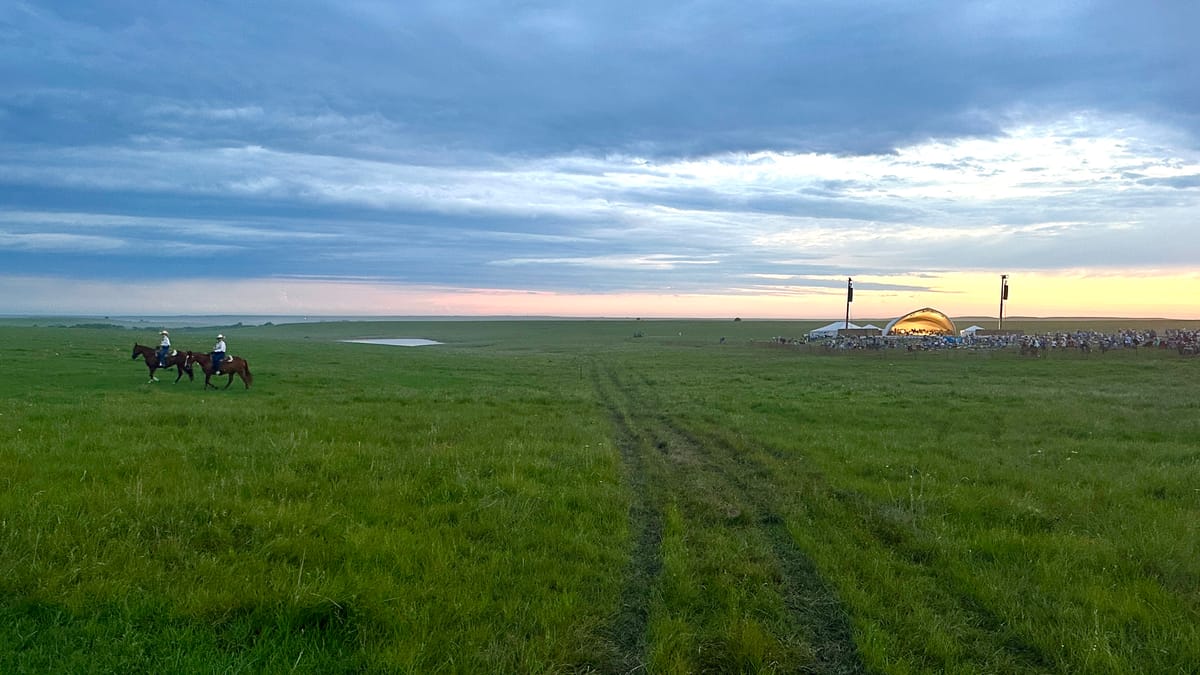
 The SHOUTShelly Walston
The SHOUTShelly Walston


